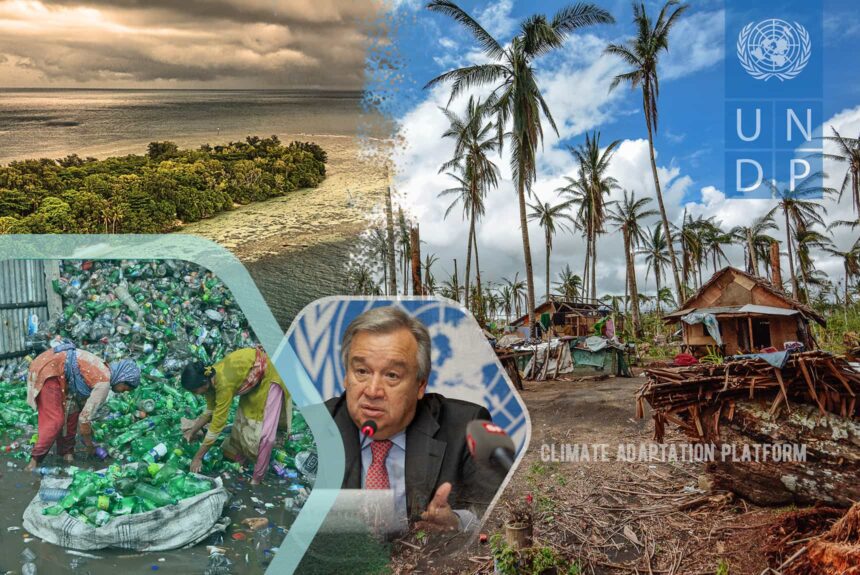The UN Secretary-General Antonio Guterres, during his remarks at the Climate Ambition Summit on 12 December 2020, mentioned vulnerability many times.
In his speech, he highlights that climate change impacts and disasters always fall heavily on the world’s most vulnerable – the people who have done the least to cause climate change yet suffer the most.
Even in wealthier economies, the poor and the marginalized are at the forefront of disasters yet are the last to recover.
This issue led the UN General Assembly to call upon the Secretary-General to make recommendations for developing, coordinating, and potentially using multidimensional vulnerability indices for Small Island Developing States.
Although the United Nations have vulnerability indices that have been used, such as the Economic and Environmental Vulnerability Index (EVI), which was initially established in 2000 and revised in 2005 and measures two dimensions of vulnerability – economic and environmental, it does not capture the scope of exposure relating to geography, finances or environmental condition – a finding revealed and highlighted by Re-Energize, a funded project (April 2020- March 2023) focusing on the governance of disasters risk reduction and resilience to boost the sustainable development goals hosted at UCL Energy Institute.
Hence, there is still a need for a more comprehensive index that will provide greater insight into developing nations and vulnerable groups, according to the research group.
In February 2021, the report “Towards a Multidimensional Vulnerability Index” from Jacob Assa and Riad Meddeb of the UNDP proposed to expand on the EVI, calling it a multidimensional vulnerability index (MVI).
The UNDP MVI covers four dimensions of vulnerability compared to two from the EVI – economic, environmental, financial, and geographic.
Researchers hope that the expanded UNDP MVI will be customized for different regions to capture local dimensions and reflect the needs of vulnerable local populations. So far, the vulnerability indices only apply at the national and regional levels.
Listen to Kirsten Downs from the Re-Energize DR3 project and the Scientific and Technology Major Group, convened by the International Science Council (ISC), give a presentation titled “How should we address disaster vulnerability at the global and regional levels?”
The conversation has two parts. The first part deals with the vulnerability of countries, and the second deals with the vulnerability of groups.
Or read their blog post, “The future of disaster resiliency and the need for a global vulnerability index“, on the International Science Council to learn more about the need for a more comprehensive vulnerability index for the most vulnerable groups as the progressing impacts of climate change.
IMAGE CREDITS:



Leave a Reply